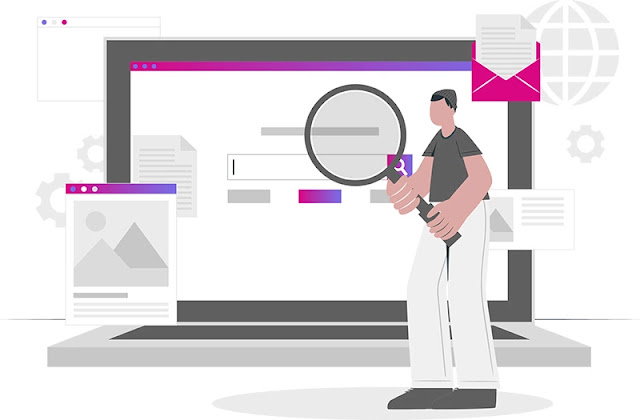Handling CAPTCHAs and other Bot Blockers in Web Scraping
Web scraping is a technique to automatically collect data from websites. However, many sites try to prevent scraping by employing various bot detection and blocking mechanisms. Some common ones are CAPTCHAs, IP blocking, hidden honeypots and more.
As a scraper, you need robust strategies to overcome these blocks and continue unfettered data collection. This post explores the popular anti-scraping measures sites use and how to address them.

Why Sites Block Scrapers
Websites block automated scrapers for a few key reasons:
- Overload servers - Excessive scraping can overload servers and cost money. Sites want to throttle usage.
- Data misuse - Scraped data could be used by competitors or in unethical ways. Sites want control over data usage.
- Security - Scrapers may try to hack in or find exploits. Blocking bots improves security.
- Business reasons - Many sites monetize API access to data or want users to see ads on pages. Scraping circumvents these models.
Understanding the motivation helps devise better circumvention approaches that are ethical. Now let's look at specific blocking techniques:
CAPTCHAs
The most common blockade is the CAPTCHA or "Completely Automated Public Turing test to tell Computers and Humans Apart". These are visual challenges that are easy for humans but difficult for bots. Some ways to handle them:
- Use a CAPTCHA solving service like Anti-Captcha that relies on human solvers to decrypt CAPTCHAs at massive scale. This allows scraping to proceed unhindered.
- For simple CAPTCHAs, carefully written image processing with OCR may be able to read and solve them. But this is unlikely to work on advanced CAPTCHAs.
- If the site allows logging in, do so and then scrape after. Many sites show CAPTCHAs only to guest visitors and not logged in users.
- Rotate proxies and IPs frequently so you don't hit rate limits on CAPTCHAs from a single address.
- Slow down scraping to mimic human browsing behavior. The more human-like, the less likely CAPTCHAs get triggered.
IP Blocking
Sites can blacklist scraping server IPs if they detect excessive requests. Some ways around this:
- Use proxies to mask originating IP and route each request through a different proxy or IP. Residential proxies replicate users.
- Limit request frequency to reasonable levels to avoid crossing site thresholds. This means scraping over longer durations.
- Fake realistic browser headers like Chrome and Firefox to appear as a real user visit.
- Monitor blocked IPs by tracking HTTP errors like 403 or 503 and pausing when they occur before resuming later.
Other Blocking Techniques
- For browser automation via Selenium, mimic natural human interactions like scrolling, clicks and mouse movements. Don't behave like a bot.
- Check forms and inputs for hidden honeypots that bots will complete but humans won't. Avoid triggering honeypot validations.
- Handle blocking pages like Cloudflare's "Under Attack Mode" by analyzing errors to extract cookies or bypass blocks.
- Sites may obfuscate HTML or scripts to prevent easy scraping. Analyze how content generates to reverse engineer if needed.

Ethical Scraping Practices
When circumventing blocks, ensure your scraping follows ethical practices:
- Respect robots.txt guidelines and site terms to scrape only allowed content.
- Limit scrape rate to avoid overloading servers or causing performance issues.
- Use scraped data appropriately and avoid competitive misuse or violations of privacy.
- Credit sources properly if using scraped data in public projects and analysis.
With the right techniques, it is possible to overcome anti-scraping measures while also scraping ethically. The key is using proxies, mimicking human behavior, and analyzing errors to extract the right methods to evade blocks.


Comments
Post a Comment